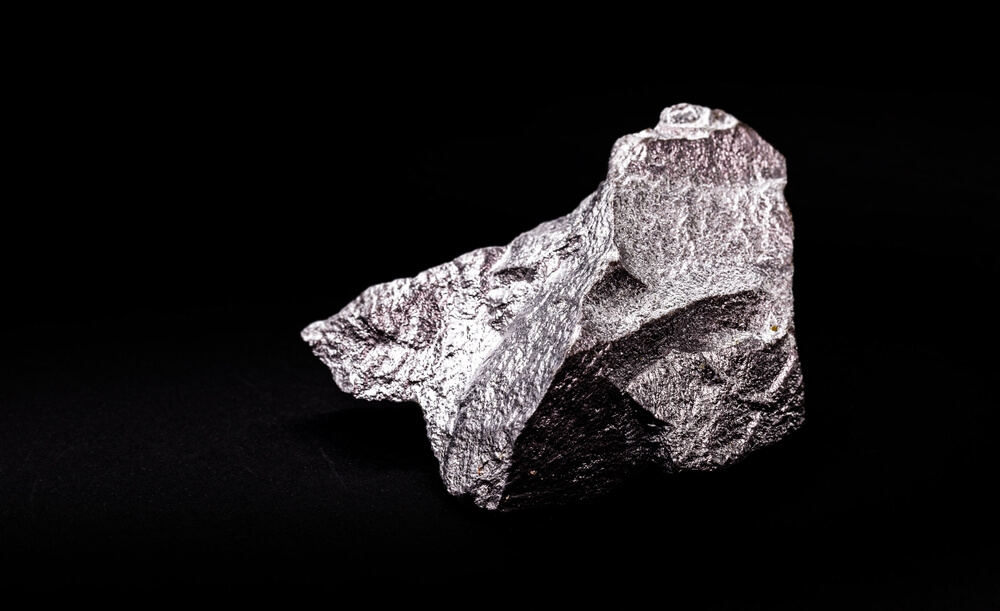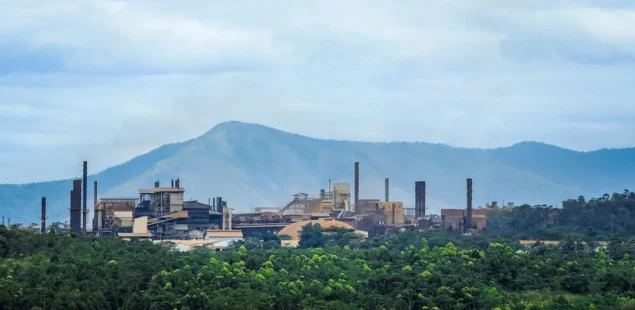
Lead and zinc, often extracted together from the same mines, have experienced strikingly different market trends in recent months. Zinc prices surged to a 20-month high of $3,284 per metric ton in October 2024 on the London Metal Exchange (LME), driven by tight raw material supplies. In contrast, lead prices have languished, burdened by surging exchange inventories.
The price disparity between the two metals peaked during the fourth quarter of 2024, with zinc commanding a premium of over $1,000 per ton over lead—the widest gap since February 2023. As of late January 2025, the premium has narrowed to $888.50 per ton, with both metals experiencing price declines at the start of the year.
Zinc’s rally last year was fueled by supply constraints, exacerbated by fires at Sibanye Stillwater’s Century mine in Australia and declining global mine production. For the third consecutive year in 2024, zinc output fell, forcing smelters to accept lower fees for processing concentrates into refined metal. Chinese zinc production also dropped sharply, with refined output falling nearly 7% year-on-year in 2024. Efforts by China’s top producers to reduce operating rates further constrained supply, resulting in a global supply deficit of 33,000 tons by November, according to the International Lead and Zinc Study Group (ILZSG).
LME zinc inventories, including registered and off-warrant stocks, declined from a peak of 367,000 tons in August 2024 to 324,000 tons by November. However, as mine supply recovers, aided by new projects and restarts, zinc’s scarcity may ease, potentially softening its price advantage over lead.
Unlike zinc, lead has faced a persistent glut. LME lead stocks have surged from 29,000 tons at the start of 2023 to 305,000 tons by November 2024, driven largely by Indian-origin metal. Despite primary lead smelters experiencing similar margin pressures as zinc producers, the secondary production sector has likely played a significant role in the inventory build.
Investment sentiment towards lead has remained bearish, with funds holding record net short positions on the LME lead contract. Meanwhile, ILZSG estimates that global lead usage fell by 1.3% year-on-year in January-November 2024, reflecting weak demand from the automotive sector, where lithium-ion batteries are replacing traditional lead-acid models.
Looking ahead, both metals face subdued demand dynamics. Zinc usage grew by only 0.7% year-on-year in 2024, primarily tied to the struggling construction sector, particularly in China. However, recovering zinc mine production is expected to boost smelter output and narrow the price gap with lead. For lead, further inventory growth could amplify bearish sentiment, especially as increased zinc production inevitably brings more lead to market.
With both metals influenced by shared geological origins, their fortunes will hinge on supply-side developments in the year ahead. The contest may ultimately depend on which metal demonstrates greater resilience in the face of rising production and weak demand.



